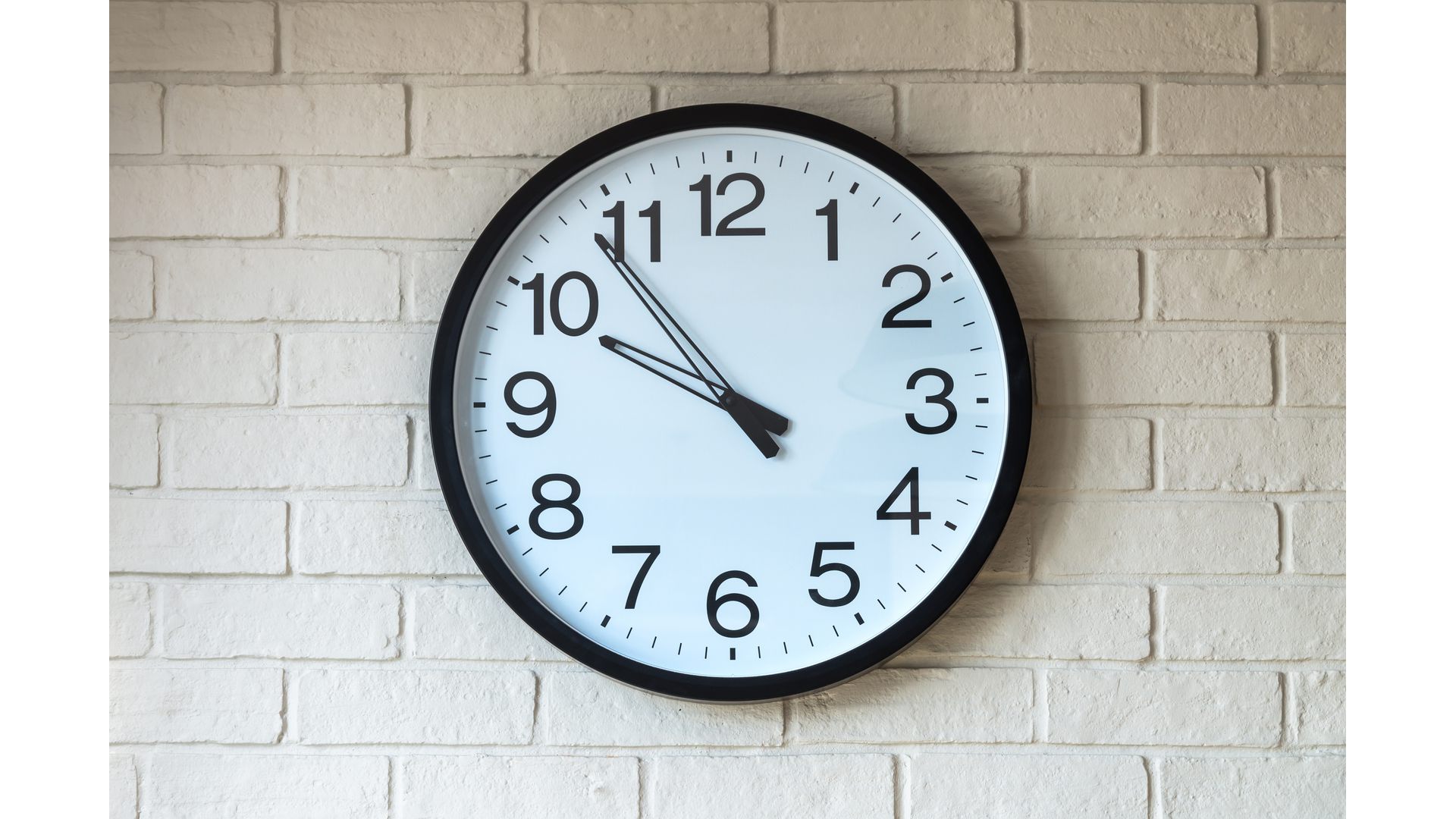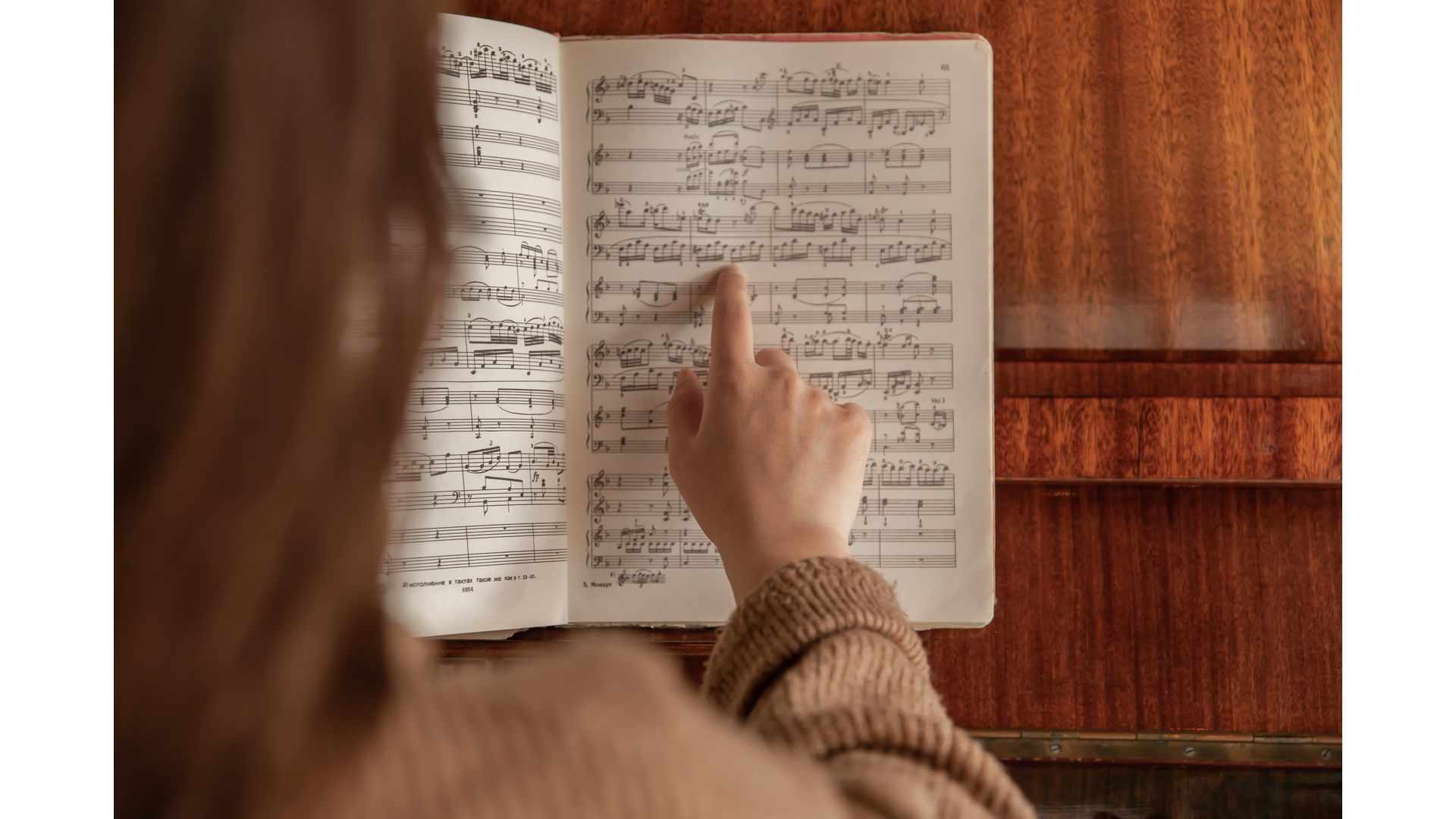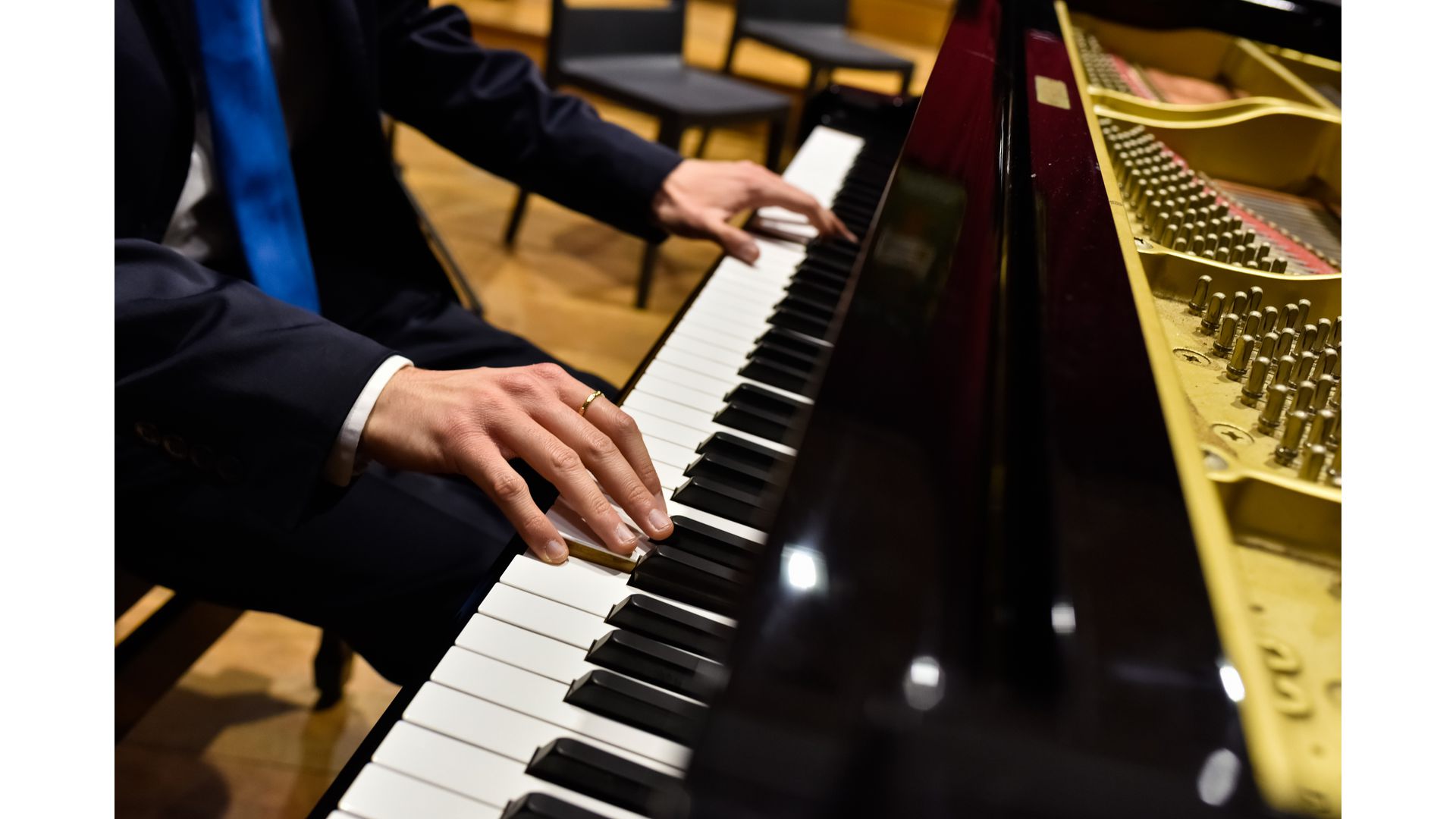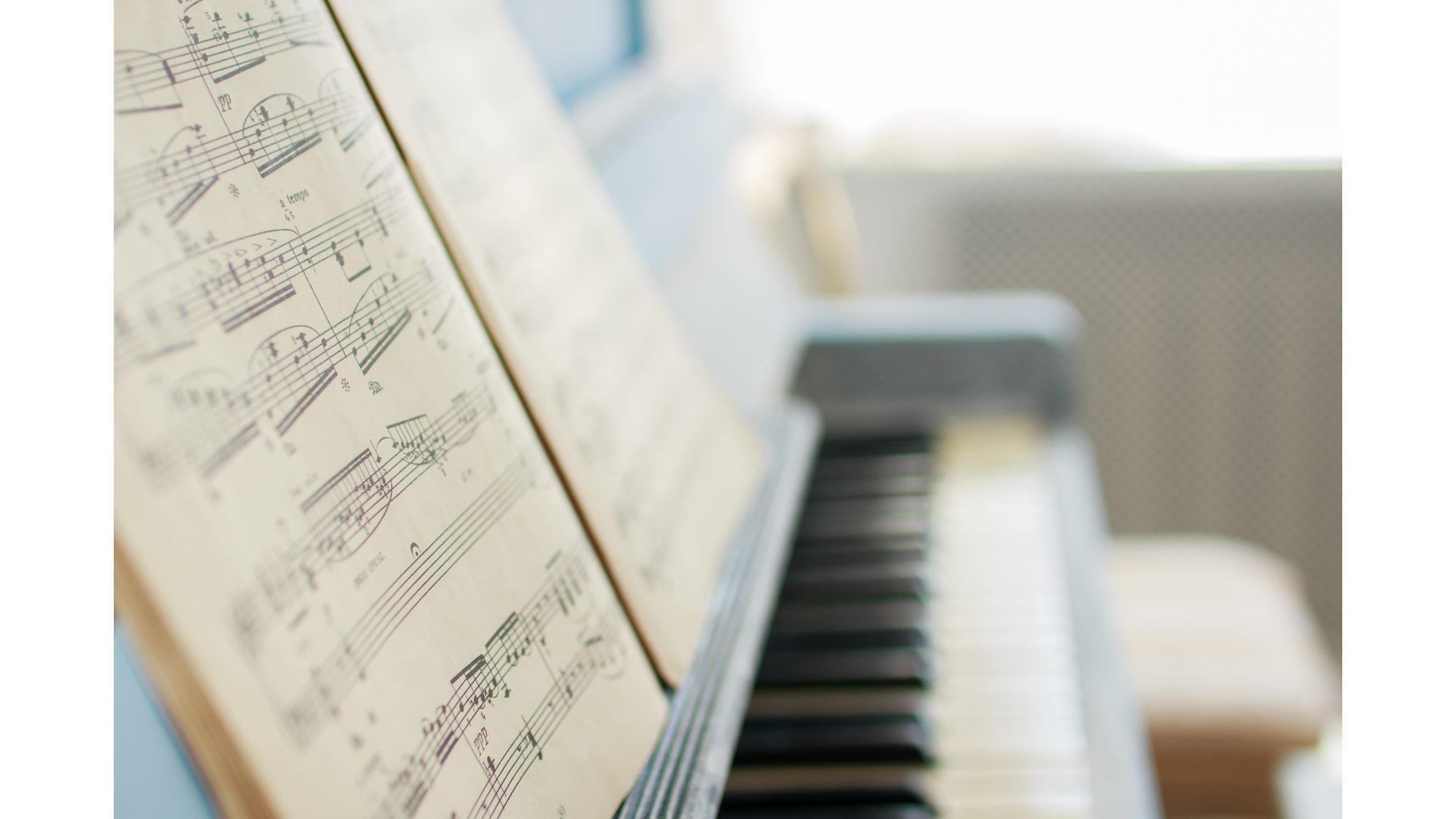What is the best kind of classical solo piano music to learn when you're short of time?
9th March 2023
Well this all depends on how experienced you are as a Pianist! However, no matter what your experience is, most of us sometimes struggle to find the time to practice something to completion because a piece is perhaps too long or too difficult.
Thankfully, if you are looking for something shorter to play, there are specific styles of short solo piano music that are always good to look out for. But most of us know that shorter, doesn't always mean easier-despite less pages! On the other hand, aiming to look for shorter pieces of music, might still be a good starting point to help narrow down the kind of repertoire you are looking for!
For example, it could be worth looking out for the shortest Preludes, Sonatinas and Mazurkas, as these are short forms of solo piano music. I have hunted down some of these pieces which are only around 1.5-4 minutes long. Perhaps consider playing one of these when you are short of time. For some of us, they may even be good pieces to learn if you just need something to warm your fingers up!

I have rated each piece on a scale of 1-9 (1 being least challenging 9 being most challenging). Of course this is just a rough guide! Explaining how easy or difficult it is to learn any piece of music will always be debatable. However, by rating these pieces in order of difficulty I hope that many pianists of different playing abilities might still find this guide useful. Bear in mind that some forms may be more suitable for intermediate players (sonatinas) whilst others span across a range of levels including pieces for professional pianists (preludes).
Also, have you ever wondered what exactly defines a Prelude, Sonatina and Mazurka? These are short pieces of music (generally speaking) but they still have different names. So what makes them different? Read on to discover the unique characteristics that define each musical form, and also get some good piano music recommendations along the way!

Preludes
Generally speaking, a prelude in piano music is a short piece of music that is either introductory in nature and composed within a certain form or more self-contained without any particular form. It pretty much depends on the composer and how they wanted to write a prelude at the time! Keyboard preludes emerged in the 17th century and have been developing ever since. Originally they were improvised as an introduction to something else-for example, an introduction to a fugue or a set of dances. Eventually they were formalised and written down for those who couldn't improvise. Preludes were often composed in different keys so they could be attached as an introduction to pieces of music in the same key.
In many of Bach's preludes there is often a motif that is adapted in different ways throughout the music using retrograde, inversion and other baroque techniques. It's mainly built around theme and variation. They are often short because they were meant to help students in Bach's time to learn the common musical practices of the day before attempting more demanding pieces. At other times Bach's preludes would introduce a musical suite!
Debussy wrote two books of preludes, and even though a sarabande or toccata might be formally be played afterwards, debussy's preludes certainly have a more individualist character that also suit being played alone! Chopin's preludes were detached from any other pieces, giving them the more self-contained, individualistic feel where a certain mood or character is expressed in just a few minutes-however some would argue that one prelude does have a sense of connection to another-it's all down to your own interpretation!

Prelude recommendations:
(Grades are approximate)Intermediate
1. John Thompson's Grade 5 No.1 Bach Prelude in C Major No.1 (Grade 5)
2. Debussy - Prelude No.8: La fille aux cheveux de lin - Krystian Zimerman (Grade 6)
3. Chopin - Raindrop Prelude (Op. 28 No. 15) (grade 6/7)
4. Ravel - Prelude in A minor (M.65) Tutorial (grade 6/7)
Advanced
5. Scriabin-Prelude op.17, no.4 (grade 7)
6. Prelude and Fugue in B flat ~ C. Schumann (grade 8)
7. Prélude - Pour le Piano - Debussy (beyond grade 8)
8. Rachmaninoff - Prelude in G Minor (Op. 23 No. 5) (beyond grade 8)
Sonatinas
A Sonatina is basically a small sonata meaning it is shorter in length and normally easier to play than the usual sonata due to its lighter character and the way it is usually less technically demanding. These are often written in 3 movements but you can always just choose to play one when you are short of time! Clementi wrote many Sonatinas that are used in piano teaching. Beethoven also wrote quite a few sonatinas even though he was mainly known for larger more complex music!
Normally a piece of music written in sonata form would have an exposition (beginning section introducing the main theme) a development section which would move further away from the main theme, and then a recapitulation that would reintroduce the main theme. However, with a sonatina, you can expect to play something written in sonata form without the development section. So there might be some modulating to a minor key but you'll soon be back to the main theme without having to deal with too much detail and development in the middle! So hopefully that will save you some time!

Sonatina recommendations:
(Grades are approximate)
Intermediate
1. Beethoven - Sonatina 5 in G major (grade 3/4)
2. Sonatina in C Major, Op. 36, No. 1 by Muzio Clementi (grade 3/4)
3. Sonatina in F Major, Op. 168, No. 1 by Anton Diabelli (grade 4)
4. Georg Anton Benda -Sonatina in A Minor (grade 4)
5. Mozart Viennese Sonatina No 1 IN C major K 439b Mvt 1 allegro (grade 5)
6. Friedrich Kuhlau Piano Sonatina Op. 20, No. 1 in C major, I Allegro (Grade 6)
Advanced
7. Handel Sonatina in D minor HWV 581 (Grade 7)
8. Sibelius Sonatina No. 1, Op. 67: I. Allegro (Grade 8)
9. Sibelius: Sonatina No.1, Op. 67/3 (Grade 8)
Mazurkas
You can identify a Mazurka by its unique rhythmical characteristics! Listen for the strong accents on the second or third beats within a triple meter (3/4 time). Most of the time, the Mazurka features a dotted quaver/semi quaver rhythm followed by two crochets or quavers. This music has these strong accents, dotted rhythms and lively tempo because it originally derived from three polish folk dances, one of which was called the Mazur which became popular in 19th century Europe. Chopin wrote lots of Mazurkas and so did many other composers. The Mazurka even appears in the polish national anthem!

Mazurka recommendations:
(Grades are approximate)Intermediate
1. Tchaikovsky : Mazurka Op. 39, No. 11 (Grade 5)
2. Chopin Mazurka in A flat major, Op. 24 No. 3 (Grade 6)
3. Chopin Mazurka in C Op.33 No.3 (Grade 6)
4. A. Dvořák – Mazurkas, Op. 56 No. 1 (Grade 6/7)
5. Chopin Mazurka in G sharp minor Op. 33 No. 1 (Grade 7)
Advanced
6. Debussy: Mazurka in A major (1890) (Grade 7/8)
7. Alexander Scriabin - Mazurka in B Minor (Grade 8)
8. Chopin - Mazurka Op. 17 No. 4 (Grade 8)
9. Debussy : Mazurka in F sharp minor (Grade 8)


